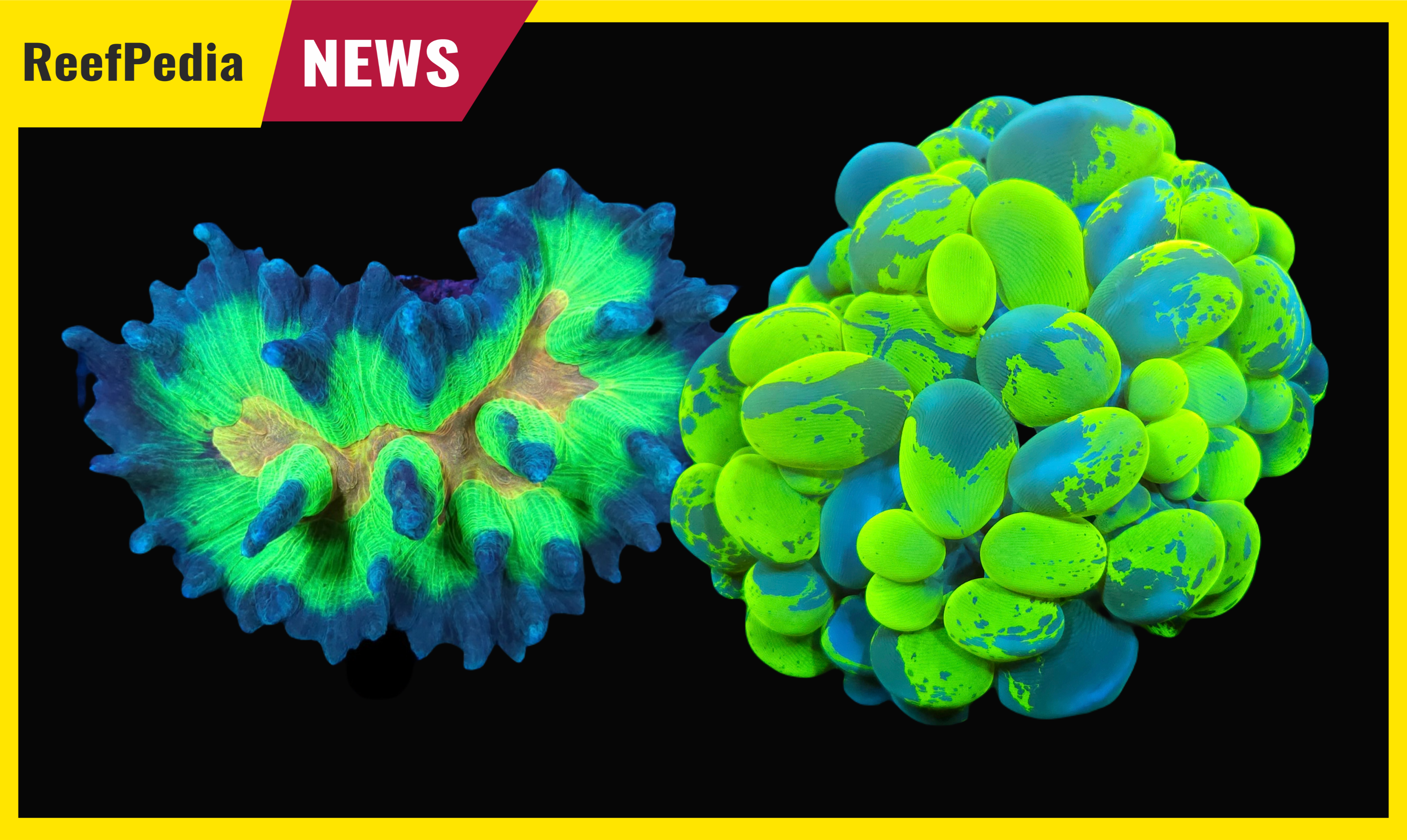Bioluminescence, or the ability of organisms to glow in the dark, has long intrigued scientists and not only them. This phenomenon, found in land-dwelling fireflies and glowworms as well as in marine jellyfish, plankton, and corals, is the subject of research by scientists around the world. However, their fascination is not limited to observation alone — scientists delve into the mysteries of bioluminescence, seeking to understand its origins, the reasons for its development, and how it spread among many species.
Recently, an international team of scientists, led by experts from the USA and Japan, has made significant progress in understanding these issues. Their research, published in the prestigious journal “Proceedings of the Royal Society B,” sheds new light on the history of bioluminescence. They discovered that this phenomenon is present in a much larger number of coral groups than previously thought and that it dates back at least 540 million years to the Cambrian period*. This discovery significantly extends previous estimates, suggesting that bioluminescence is twice as old as was believed.
Since traveling back in time to observe bioluminescence at its source was not an option, the scientists used a method known as ancestral state reconstruction. This involves analyzing modern coral species capable of bioluminescence, which were mechanically stimulated in dark rooms to check if they exhibit glowing.
The initial results were surprising — bioluminescence turned out to be much more widespread among corals than anticipated, encompassing the major groups Octocorallia and Hexacorallia at various ocean depths. Further analysis allowed the scientists to trace the evolutionary tree of these organisms and determine when bioluminescence might have first appeared.
According to Andrea Quattrini, the lead researcher at the Smithsonian NMNH, the passing of this trait through hundreds of millions of years indicates its evolutionary significance. Bioluminescence likely contributed to the survival of the earliest organisms through various functions: attracting food, deterring predators, or camouflaging from them, becoming one of the earliest forms of communication on Earth.
Moreover, the research showed that coral families exhibiting bioluminescence are more diverse, which may suggest that bioluminescence facilitated their diversification and adaptation to new habitats. These results are particularly interesting in the context of the “Cambrian explosion,” a period when life on Earth rapidly diversified.
Scientists believe that the chemical reaction responsible for bioluminescence may have originally developed as a mechanism to protect cells from excess oxygen, which was crucial during a period when the level of this gas in the atmosphere was rising. Such protective properties could have been fundamental for the survival of these organisms under harsh environmental conditions.
Despite these groundbreaking discoveries, many questions remain for scientists. Future research aims to determine whether it is possible to predict a coral’s ability to bioluminescence based on DNA sequencing, which would avoid the need to physically remove and stimulate the coral. Researchers also want to understand why some corals have lost the ability to glow.
These breakthrough studies aim not only to deepen our understanding of bioluminescence but also to inspire future generations of researchers to further explore the mysteries of life on Earth, both past and present.
* – the first period of the Paleozoic era, lasting about 56 million years (from 541.0 to 485.4 million years ago).
Source: https://ocean.si.edu/new-research-coral-shines-light-evolution-bioluminescence
About the author

Grzegorz Bubak
My fascination with marine aquariums began over two decades ago when I stumbled upon an article about this topic in a magazine. Since then, the underwater world has become my obsession and passion, shaping my everyday life. I started my adventure with marine aquariums with soft corals, which were my first step into this fascinating world. Over time, captivated by the diversity and beauty of SPS corals, I decided to focus on their cultivation, which continues to fill me with constant wonder.
Thanks to my experience and passion for marine aquariums, I am ready to share my knowledge and expertise with other enthusiasts in this field. I am happy to be part of the Reef Pedia community, which serves as an invaluable source of information for all marine aquarium lovers.

